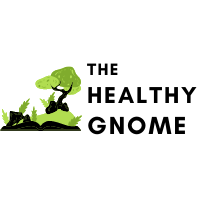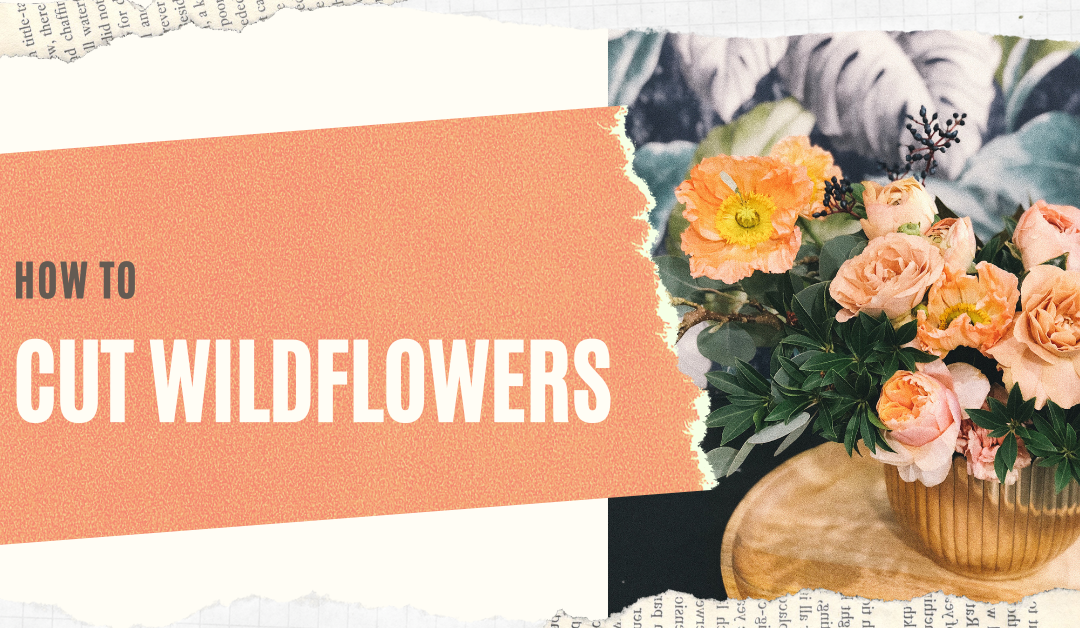Wildflowers can fill your lawn or garden with an array of spectacular colors, from beautiful purples to white, red, yellow, pink and others. After all of your hard work and effort planting wildflower seeds and caring for them, you deserve to bring them inside to enjoy.
Learning how to cut wildflowers the right way will allow you to add a splash of color to your home’s interior – or wherever you plan on placing them.
However, if you cut these flowers prematurely or use the wrong technique, you will shorten their indoor lifespan.
Note: In some regions, such as Colorado, studies find that climate change is causing wildflowers to bloom weeks earlier than just 40 years ago. You need to be diligent to notice when the blooms are at their peak so that you can fill your home with these beautiful flowers.
How to Cut Wildflowers in 4 Easy Steps
Cutting your black-eyed Susans, bee balm, Dutch clover or any other wildflower that you’re growing can be very satisfying. If you plant these flowers from seed, you put a lot of time and energy into them.
Important: Do not wait until midday to cut your wildflowers. Cut them in the early morning or in the evening when the sun is going down.
Follow these steps on how to cut wildflowers properly to harvest your flowers and create a bouquet or put them into a vase:
- Glide your finger down the plant’s stem, paying close attention to the texture of the stem.
- Locate the “break” or indent in the stem. If you don’t feel the break, be sure to feel around until you do.
- Cut slightly above the break.
- Immediately place in a vase or bucket of water to prevent the flower from wilting while you cut the rest.
The main reason that you cut above the break in the stem is because this is the area where new growth occurs. If you’re early in the season, cutting at this strategic location will improve your odds of regrowth through the season.
If you’re near the end of the season, you can cut the stem closer to the ground.
Close cuts like this are not recommended if you want to have additional flowering during the season.
That’s it.
Simple. Right?
However, below are a few tips to help you have the most success when cutting your wildflowers.
3 Tips to Cut Wildflowers Like a Pro
- Use a sharp pair of floral snips (click here for a great pair on Amazon).
- Clean your snips, scissors or whatever tool you’re using between cuts and after every cutting session.
- Wipe the blade when switching plants.
Cleaning the snips or wiping them down between cuts seem like a lot of work and is easy to overlook. What’s the worst that can happen? You can spread disease from one plant to another if you fail to follow this step.
Mold, mildew and other fungal pathogens can spread, causing a major issue among your wildflower meadow.
If you have any of these infections or diseases within your flowers, you’ll need to remove the infected flowers to stop the spread. One sign of disease can be identified by looking for dark brown anthers.
How to Cut Back Wildflowers
Cutting back your wildflowers if they’re growing out of control is something you may want to do. However, I do want to mention that:
- Wildflowers are very durable, and you don’t need to cut back the flowers
- Nature can take care of the wildflowers on its own
With that in mind, I do find that the wildflowers we grow at our house are healthier and seem to have better blooms when they’re cut back.
The lawn also looks a lot better when they’re trimmed back.
However, if you don’t have the time to trim back your growing wildflowers, it’s not something to lose sleep over. Chances are, you’re established flowers will still thrive even without your help.
The good news is that pruning the blooms is a simple process, albeit time-consuming:
- Cut the plant 1/3 of its height
- Mow in the right season
You can mow your flowers back, but many people will leave them in place all winter. When you mow them, don’t use your mower’s mulching setting if it has one. Instead, leave the stems on the ground.
When spring comes around, you can rake the remaining stems into the ground.
Plus, you’ll find many birds munching on the seeds.
Why not leave the seeds for wildlife? They may even drop some in flight and leave you with a colorful surprise in other areas of your property.
Now that you know how to cut wildflowers, why not take it one step further and learn how to grow wildflowers indoors? Growing indoors will allow you to enjoy blooms for longer and in a controlled growth environment.

